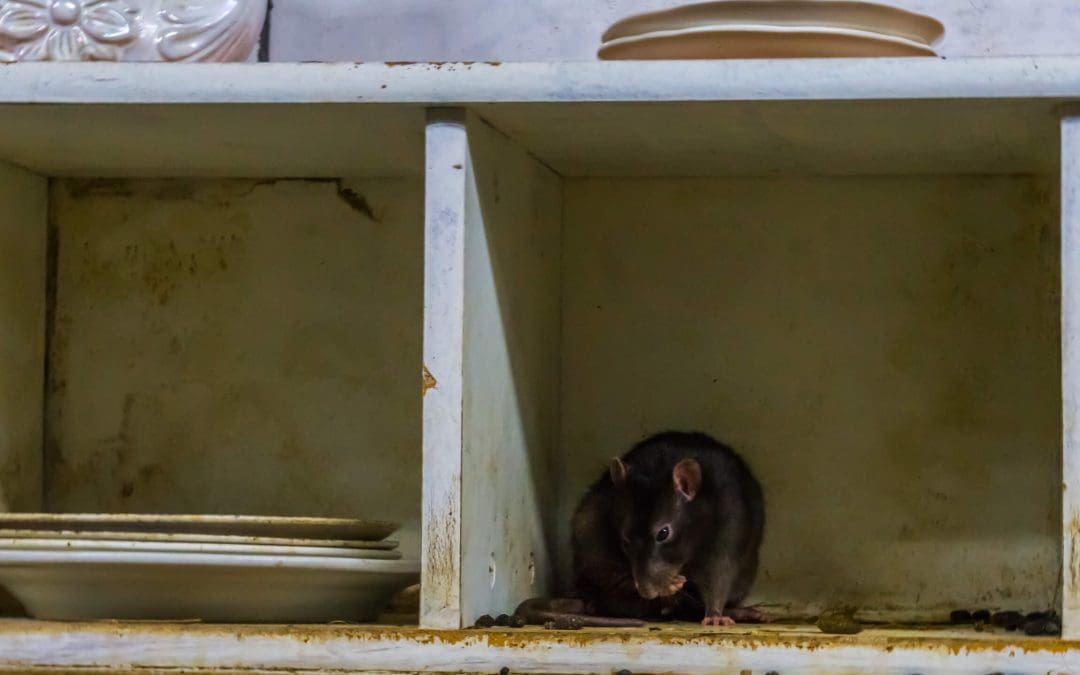Your home is your sanctuary, where you should feel safe and comfortable. But when pests invade, that sense of security can quickly disappear. From mice to termites, pests can cause damage to your property and pose health risks to your family. The key to minimizing the impact of a pest infestation is early detection. By knowing the signs to look out for, you can take swift action to address the problem before it escalates. In this guide, we’ll explore seven telltale signs of pests in your home and what you can do about them.
Droppings and Trails are Easy Signs of Pests
One of the most obvious signs of a pest infestation is the presence of droppings and urine trails. Rodents leave behind small, pellet-like droppings, while cockroaches and other insects may leave specks of feces. Additionally, rodents often leave greasy trails along walls and baseboards. Keep an eye out for these signs where pests are likely to hide, such as behind appliances, cabinets, or dark corners.
Chewed or Gnawed Items
If you notice chew marks on food packaging, wires, furniture, or other items around your home, rodents are likely to blame. Mice and rats constantly need to gnaw on objects to keep their teeth from overgrowing, so finding chewed-up belongings is a clear sign of their presence. Inspect areas where you store food and any cluttered areas where pests may find shelter.
Strange Noises are Major Signs of Pests in Your Home
Have you heard scratching, scurrying, or gnawing sounds from within your walls or ceilings? These noises are often a telltale sign of a rodent infestation. Rodents are nocturnal creatures, so you’re more likely to hear them during the quiet hours of the night. Pay close attention to any unusual sounds and try to pinpoint where they’re coming from to identify the source of the problem.
Unusual Pet Behavior
Pets can often sense the presence of pests before humans do. If your dog or cat suddenly starts acting agitated, pawing at walls, or sniffing around specific areas obsessively, it could be a sign that they’ve detected rodents or insects lurking nearby. Keep an eye on your pets’ behavior and note any changes that could indicate a pest problem.
Visible Nesting Materials
Rodents like mice and rats are notorious for building nests in secluded areas of homes, such as attics, basements, and crawl spaces. Keep an eye out for shredded paper, fabric, insulation, or other nesting materials that rodents may have dragged into your home to create their cozy hideaways. Inspect these areas regularly to catch any signs of nesting activity early on.
Damaged Plants and Gardens
Outdoor pests like aphids, caterpillars, and slugs can wreak havoc on your plants and garden. If you notice chewed leaves, holes in foliage, or signs of wilting despite regular watering, it may be due to pests. Inspect both indoor and outdoor plants regularly to catch pest infestations early and take steps to protect your greenery.
Foul Odors can be Signs of Pests in Your Home.
Unpleasant odors coming from areas of your home can indicate hidden pest activity. For example, a musty odor in your basement or attic could indicate the presence of mold, which often thrives in damp environments created by pest infestations. Additionally, the smell of urine or feces may signal a rodent infestation. If you notice any unusual smells, investigate further to determine the cause and address the underlying pest problem.
Don’t underestimate the importance of recognizing the signs of a pest infestation in your home. By staying vigilant and knowing what to look for, you can catch pest problems early and eliminate them before they become a major headache. Whether you tackle the issue yourself or enlist the help of a professional pest control service, prompt action is critical to protecting your home and family from pests.
FAQs About Pests in Your Home
Are there eco-friendly methods for pest control?
Yes, eco-friendly pest control methods include using traps and natural repellents like essential oils, maintaining a clean environment, and practicing integrated pest management (IPM) techniques that minimize pesticide use.
What should I do if I find pests in my home?
If you discover pests in your home, it’s best to promptly address the issue by identifying the pest, determining the extent of the infestation, and implementing appropriate control measures, which may include DIY methods or professional pest control services.
How do pests enter homes?
Pests can enter homes through various means, such as cracks in walls or foundations, open doors and windows, gaps around pipes and cables, and through items brought into the home, like groceries or used furniture.
How can I prevent future pest infestations?
To prevent future infestations, maintain a clean and clutter-free environment, seal entry points, regularly inspect and maintain your home, store food properly, dispose of waste promptly, and consider regular pest control treatments as a preventive measure.
Advanced Termite and Home Inspections serves Eastern NC with termite and home inspection services. Contact us to schedule an appointment.

